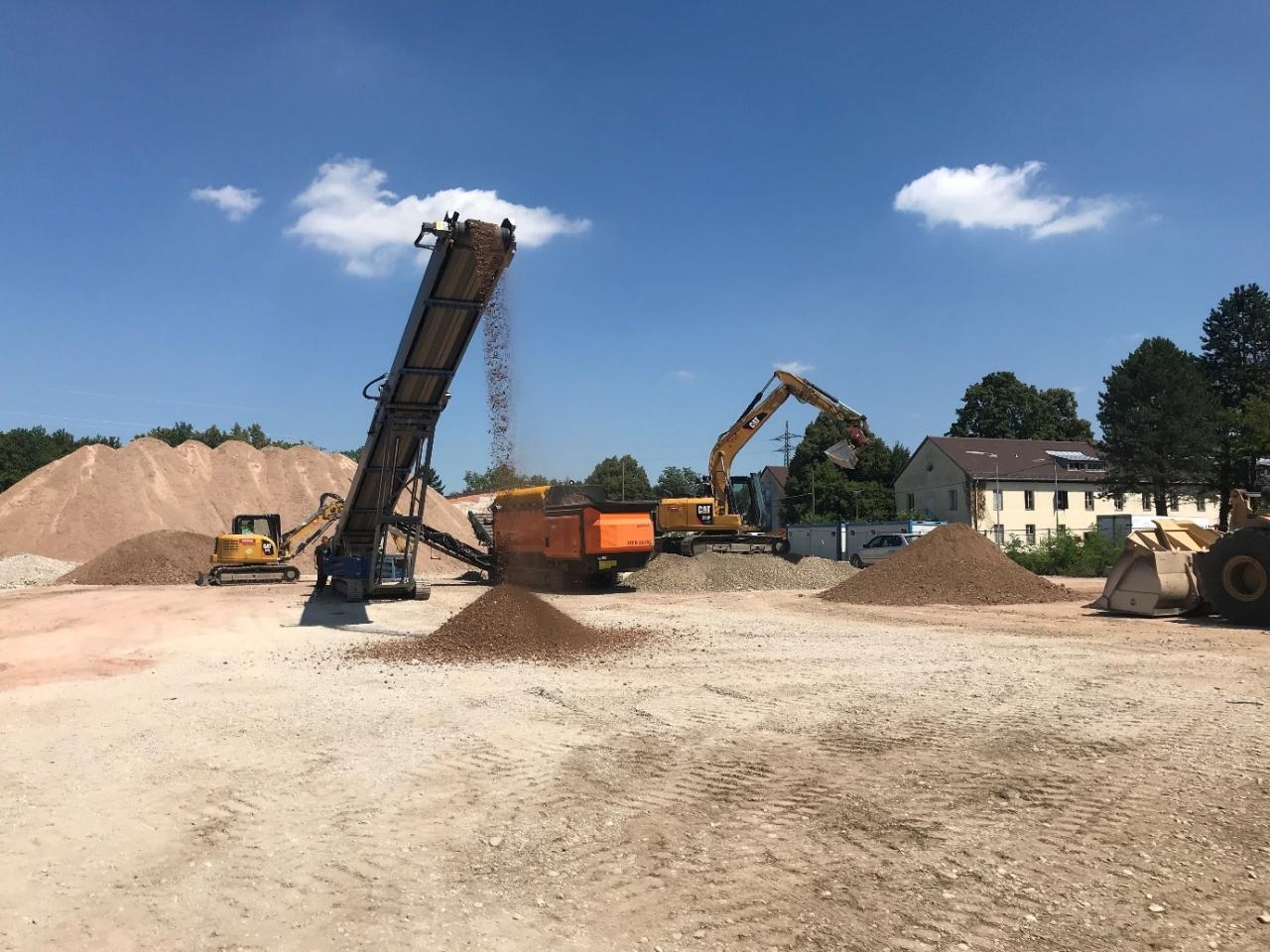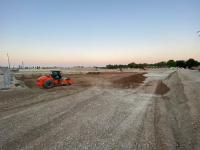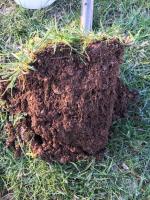
[[{"fid":"48554","view_mode":"default","fields":{"format":"default","field_file_image_alt_text[und][0][value]":"Sebastian Knoll","field_file_image_title_text[und][0][value]":"Sebastian Knoll","field_author[und][0][value]":"City of Munich"},"link_text":null,"type":"media","field_deltas":{"1":{"format":"default","field_file_image_alt_text[und][0][value]":"Sebastian Knoll","field_file_image_title_text[und][0][value]":"Sebastian Knoll","field_author[und][0][value]":"City of Munich"}},"attributes":{"alt":"Sebastian Knoll","title":"Sebastian Knoll","height":445,"width":445,"style":"float: right; height: 100px; width: 100px;","class":"media-element file-default","data-delta":"1"}}]]The city of Munich works on the city’s first circular district, transforming the former military base ‘Bayernkaserne’ to a new urban district housing around 15,000 people. Making smart use of locally available materials is an important goal in the project. Sebastian Knoll, being an engineering ecologist, supports the ULG in Munich regarding the re- and upcycling of excavated soil and secondary raw materials as rooting layers. At the Technical University of Munich he is currently researching the possible re-use of brick material as plant substrates.
Mr. Knoll, how do you see your involvement in the ULG?
In recent years I have been consulting within both the private and public sector regarding rather practical approaches concerning the upcycling of excavated soil as well as secondary raw materials as soil additives. This comprises adaptive measures for the compliance with technical regulations, fertilizer ordinance and soil conservation legislation. The primary objective has been the sustainable production of tree and roof substrates, turf-bearing layers, improved topsoil etcetera. These experiences I try to contribute to the ULG Munich.
Don’t you think that there are considerable gaps in research hindering the utilization of recycled material?
Yes and no. Talking about soil and soil additives, it would be naive to assume that there are no justified doubts concerning the suitability of recycled materials, be they on the basis of environmental or technical perspective. Utmost safety must be guaranteed for people and environment. With the Bayernkaserne pilot project Munich our ULG was given the opportunity to set a huge cornerstone for future building projects, inter alia, by applied research.
On the other hand, I frequently experience that even public project developers argue against the application of recycled materials despite a solid data situation. Just like the German saying says: ‚What the farmer doesn't know, he doesn't eat'. However, I see an increasing interest in sustainable solutions. Especially in professions with an already green attitude by tradition – such as landscaping, for example.


In your opinion, what are the driving factors for an environmentally friendly shift in the building sector?
In my field of work, which is landscaping, there already is a huge will for recycling soil and secondary raw materials. Talking about public works, this predominantly seems to be driven by economic calculations on the part of contractors rather than environmental idealism of course. On the other hand, primary raw materials often still have a price advantage. Munich, for example, is built on massive gravel deposits from the last glacial periods. The city's surroundings offer vast supplies of natural sand. So why take the trouble of using secondary materials for road or building construction when the usage of natural resources is more economic and convenient?
If preservation of natural resources is the goal, policy is asked to give economic value to recycled materials via procurement rules. One possible way could be the preference of recycled materials having the same technical suitability as natural resources. Another the implementation of a binding recycling rate for public procurement. Take Berlin for example where the senate considers the compulsory use of 100 % recycled material for roof greening of public buildings. Roof substrates often consist of lava rocks with high porosity. This lava rocks have to come from distant sources although they could be replaced by processed brick material from local sources easily. But utilization of such secondary raw material requires legal certainty which the municipality must provide in the first place.
Interview by Daniel Rank, ULG coordinator for the city of Munich.
